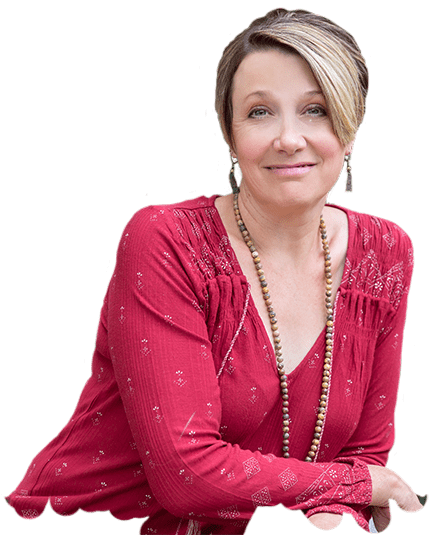According to the Urology Care Foundation, each year, millions of men and women struggle with the symptoms related to bladder health conditions or disease.
- More than 33 million Americans have overactive bladder – about 1 in 10.
- One in two women over the age of 65 are impacted by stress urinary incontinence.
- Bladder cancer is the sixth most common cancer in the United States.
- An estimated 1 to 4 million men and 3 to 8 million women have symptoms of Interstitial Cystitis/Bladder Pain Syndrome.
- Nocturia affects 1 in 3 adults over the age of 30.
- Pelvic Floor Dysfunction is a leading cause of urge incontinence in those born with a uterus (This one is mine!!)
Read more from The Urology Care Foundation’s Article Here
Medication and Surgery Commonly Prescribed
Medications can be helpful in the short term, and in worse case scenarios surgery might be warranted. But did you know that many holistic treatments/self-care practices are extremely effective for overactive bladder, incontinence, interstitial cystitis & pelvic floor dysfunction? Things like changes to lifestyle and habits go a long way to assisting meds or even making improvement without meds. Here are some tips:
Things to cut down on or avoid
- Salt, caffeine, alcohol
- Sedentary lifestyle
- Straining to use the restroom (both pee and poop)
- Precautionary peeing (going “just in case” when you really don’t need to)
- Inflammatory food
Things to add
- Exercise
- More water
- Healthy, anti-inflammatory diet
- Stress reduction practices
Did you also know that Pelvic Floor Dysfunction can be caused by or cause some of these conditions? Things like bracing against pain of recurring UTI’s, Interstitial Cystitis, etc. can cause muscles to become overactive, creating a cycle of pain-causes-chronic-muscle-tension/chronic-muscle-tension-causes-pain. Chronically contracted muscles can interfere with proper function of our urinary system, leading to incontinence and pain.

